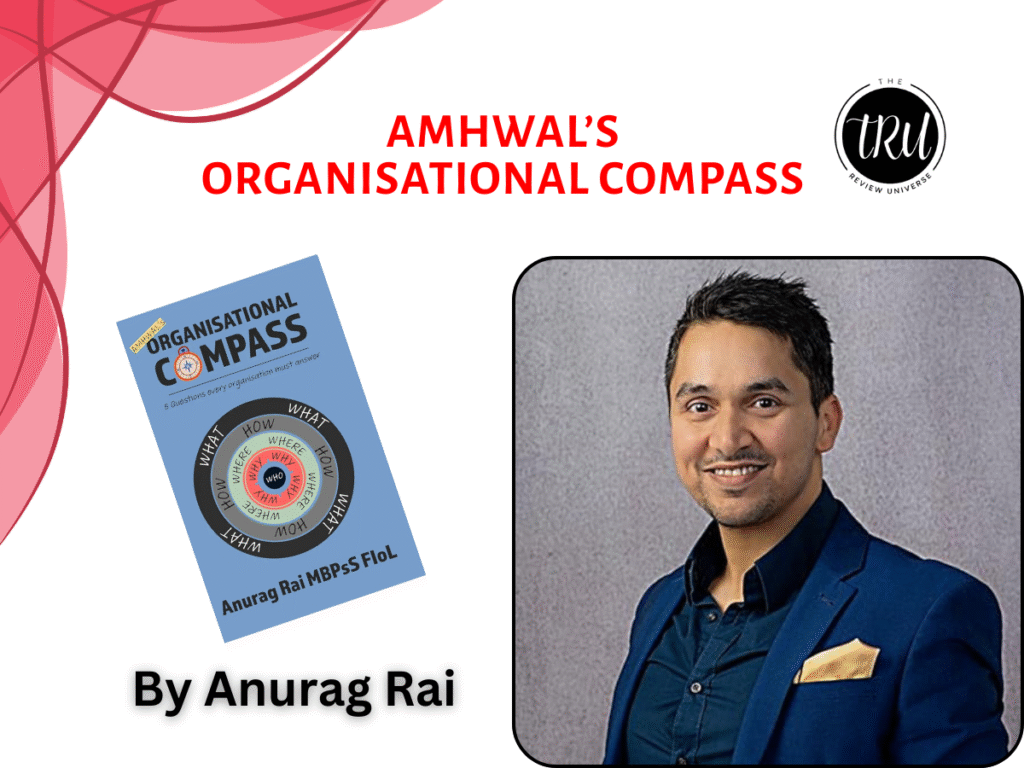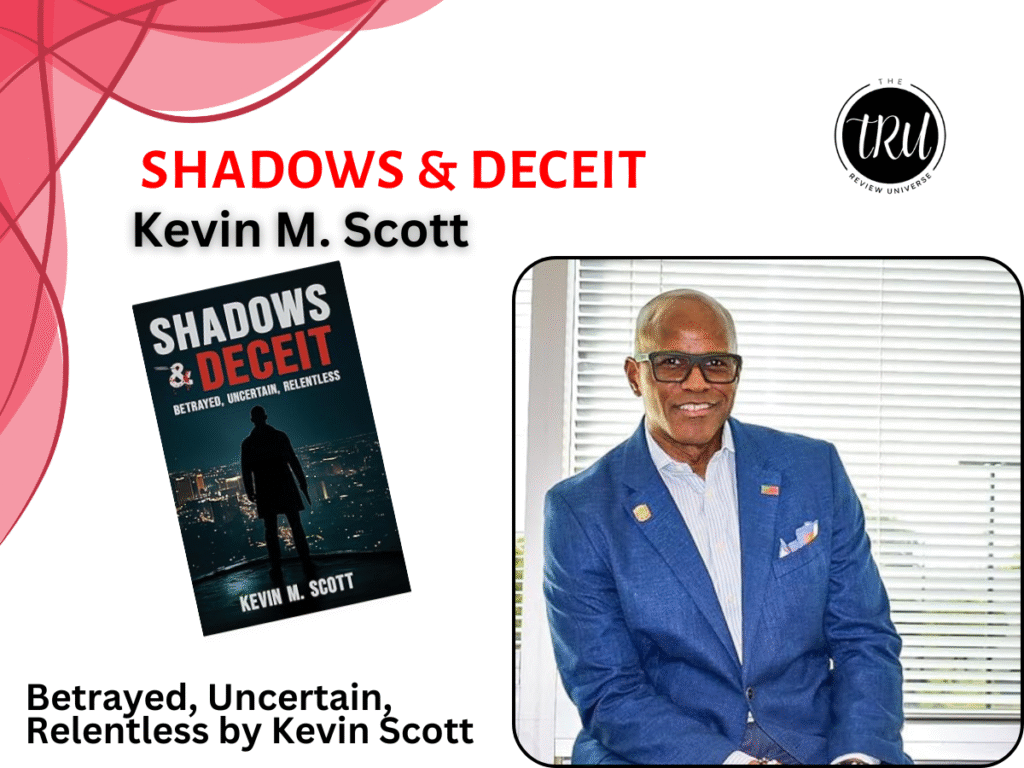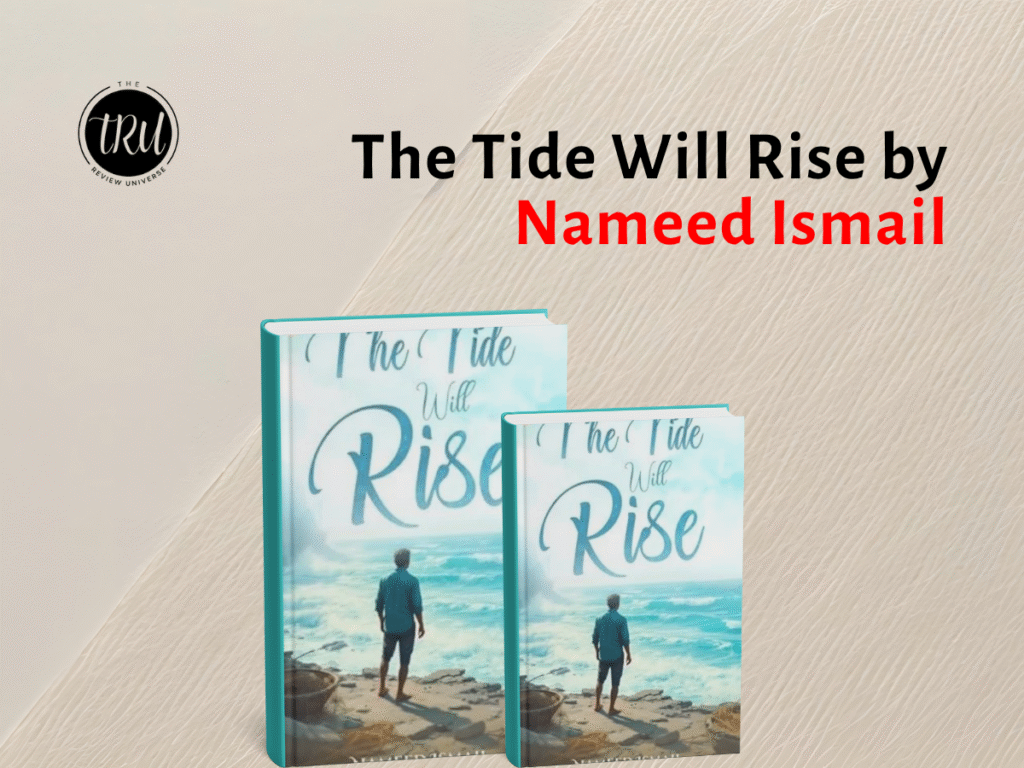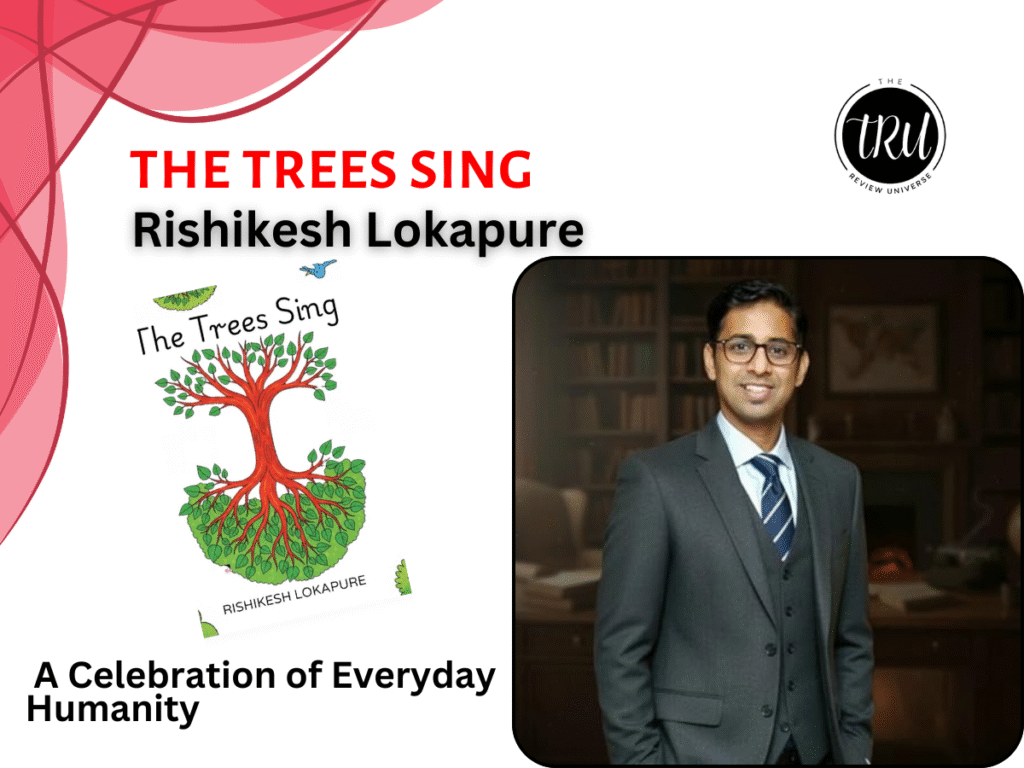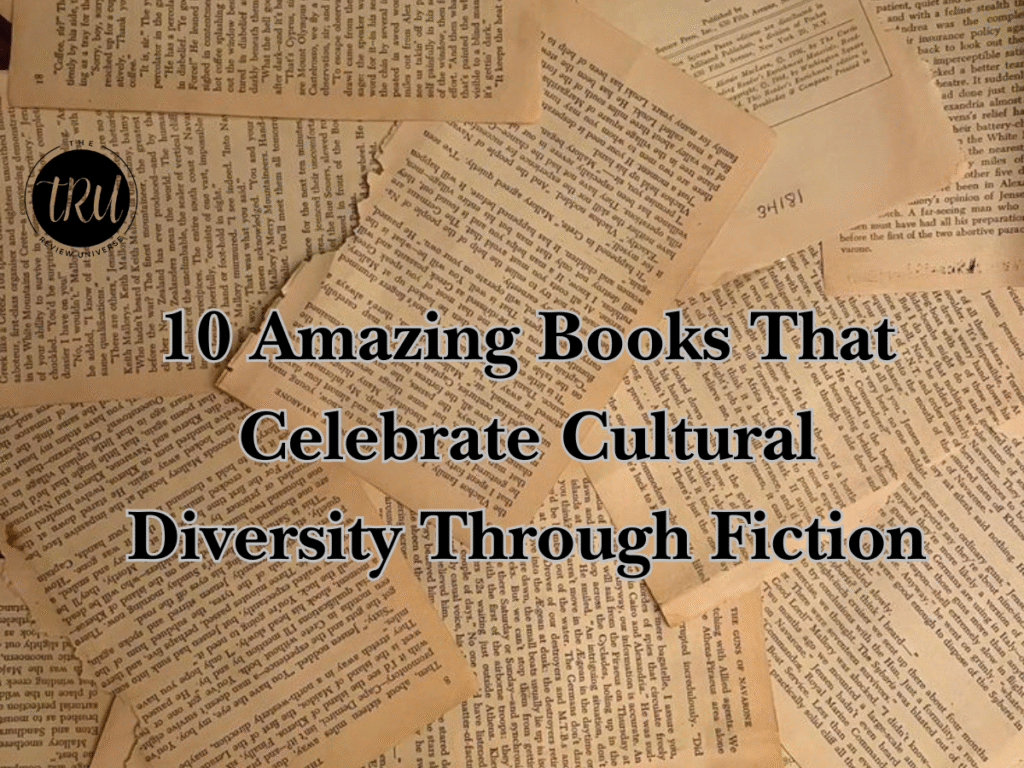
Here, we are going to look at 10 Amazing Books That Celebrate Cultural Diversity Through Fiction. Sounds interesting, right?
Fiction serves as a powerful gateway to exploring and celebrating cultural diversity by transporting readers into the lives, traditions, and worldviews of people from different backgrounds. Through stories rich in unique customs, languages, and experiences, fiction not only broadens our understanding of the human experience but also fosters empathy and respect for cultures beyond our own. By weaving diverse cultural perspectives into narratives, authors challenge stereotypes, promote inclusivity, and highlight the beauty found in the variety of human societies around the globe. In this way, fiction becomes a vital tool for appreciating and embracing cultural diversity.
Now, Let’s look upon the books that celebrate cultural diversity through fiction.
- “The White Tiger” by Aravind Adiga
The White Tiger by Aravind Adiga explores cultural diversity by portraying the stark contrasts between India’s rural poverty and urban wealth. Through Balram’s journey, the novel highlights differences in caste, class, language, and regional identity. It reveals how these cultural divides shape personal ambition, social mobility, and moral choices in modern India.
- “Things Fall Apart” by Chinua Achebe
Things Fall Apart by Chinua Achebe presents cultural diversity by depicting the rich traditions, beliefs, and social structures of the Igbo society before and during colonial intervention. The novel contrasts indigenous African culture with European colonial values, highlighting the tension and misunderstanding between them. Achebe’s narrative preserves and celebrates African identity while examining the destructive impact of cultural collision.
- “One Hundred Years of Solitude” by Gabriel Garcia Marquez
One Hundred Years of Solitude by Gabriel García Márquez reflects cultural diversity through its rich portrayal of Latin American history, folklore, and societal transformation. Blending magical realism with political and cultural commentary, the novel captures the unique blend of indigenous, colonial, and modern influences that shape the fictional town of Macondo. García Márquez illustrates how culture, memory, and identity evolve over generations within a diverse and complex society.
- “Half of a Yellow Sun” by Chimamanda Ngozi Adichie
Half of a Yellow Sun by Chimamanda Ngozi Adichie explores cultural diversity through its vivid portrayal of Nigeria’s ethnic, linguistic, and class differences during the Biafran War. The novel delves into the complexities of identity, tradition, and colonial legacy as experienced by characters from various backgrounds. Adichie highlights how personal relationships and national history are shaped by the rich and often conflicting tapestry of Nigerian culture.
- “The Kite Runner” by Khaled Hosseini
The Kite Runner by Khaled Hosseini explores cultural diversity by depicting the ethnic, religious, and social divides within Afghan society. Through the relationship between Amir, a privileged Pashtun, and Hassan, a marginalized Hazara, the novel highlights issues of class, identity, and loyalty. Hosseini captures the cultural richness of Afghanistan while also addressing the impact of political upheaval and exile on personal and cultural identity.
- “The God of Small Things” by Arundhati Roy
The God of Small Things by Arundhati Roy explores cultural diversity through its portrayal of caste, religion, gender, and colonial legacy in Kerala, India. The novel reveals how deeply rooted social norms and cultural expectations shape the lives of its characters across generations. Roy uses a richly poetic narrative to highlight the intersection of personal tragedy and broader cultural constraints within a diverse and complex society.
- “The Joy Luck Club” by Amy Tan
The Joy Luck Club by Amy Tan explores cultural diversity through the intergenerational experiences of Chinese-American mothers and their daughters. The novel delves into themes of identity, assimilation, and the clash between Chinese traditions and American values. Tan highlights the challenges and beauty of navigating dual cultural identities while honoring the legacy of heritage and family.
- “The Best We Could Do” by Thi Bui
The Best We Could Do by Thi Bui explores cultural diversity through a poignant graphic memoir about the Vietnamese refugee experience and the complexities of immigrant identity. Through detailed illustrations and personal storytelling, Bui captures the cultural displacement, generational trauma, and adaptation faced by her family in America. The memoir highlights the richness of Vietnamese heritage while reflecting on the universal struggle to preserve cultural identity in a new land.
- “Becoming“ by Michelle Obama
Becoming by Michelle Obama explores cultural diversity through her personal journey as an African American woman navigating race, gender, and class in American society. From her childhood on the South Side of Chicago to her role as First Lady, Obama reflects on identity, community, and belonging. Her memoir celebrates resilience and inclusivity, offering insight into the richness of diverse cultural experiences in shaping one’s path.
- “Between the World and Me” by Ta-Nehisi Coates
Between the World and Me by Ta-Nehisi Coates explores cultural diversity through a powerful letter addressing the realities of being Black in America. The book examines race, identity, and systemic oppression, offering a deeply personal and historical perspective on African American experiences. Coates highlights the ongoing struggle for dignity and equality within a society shaped by racial injustice.
Read More Articles: https://thereviewuniverse.com/blog/

